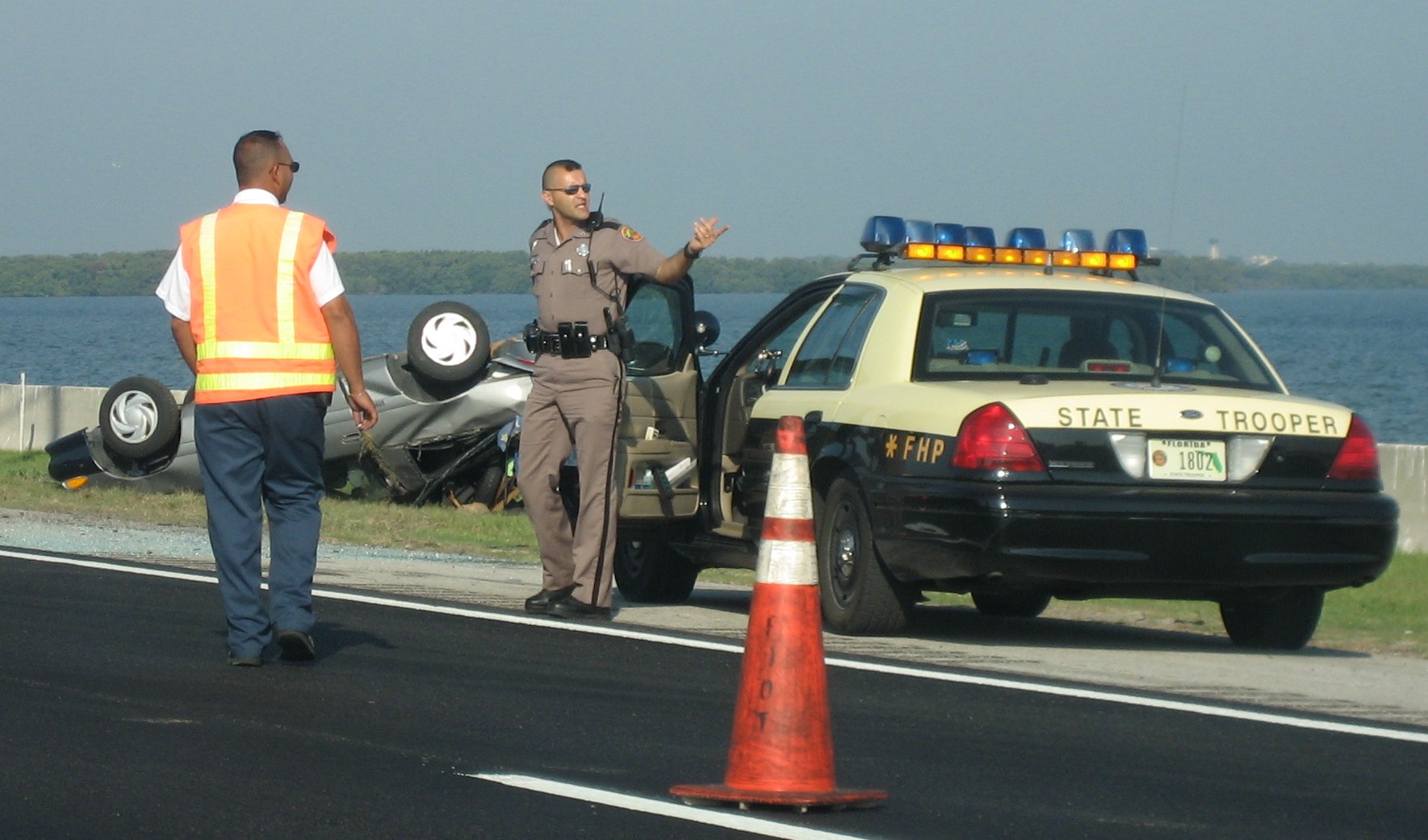World
World War II veteran reflects on service

A SOUVENIR — Bill Schaefer of Follansbee stands with the large, Japanese watercolor painting he obtained while serving in the Navy during World War II. Schaefer said the artist accepted a pack of cigarettes as payment for his work, which features a dragon and tiger, and he carefully folded it to bring it home to the U.S. — Warren Scott
FOLLANSBEE — A local World War II veteran looks back on his military service as a time he encountered much danger but also adventure.
Bill Schaefer noted he was just 14 years old and a student at Follansbee High School when he heard about the Japanese attack on Pearl Harbor that led to the U.S.’ involvement in the war.
He said he was watching a film at the Rex movie theater with a friend, Loreto “88” Iafrate, later a longtime Follansbee barber, when it was interrupted by an announcement of the attack.
“A lot of people just walked out of the theater, (we) didn’t know how to comprehend what had happened. Of course, we didn’t know the extent of it until later,” he said.
Historians have reported that 2,335 troops and 68 civilians were killed and 1,143 troops and 35 civilians were wounded in the attack, while 21 ships of various sizes, including four battleships, were sunk or damaged and 347 U.S. aircraft were destroyed or damaged.
Schaefer said he had finished high school when, at the age 17, he enlisted in the Navy.
He noted he was among many young men with a strong desire to serve their country.
“Everybody my age, we wanted to go into the service,” said Schaefer.
But he said his mother had refused to give written consent for him to enlist earlier.
Schaefer noted while at Follansbee High School, he and other male classmates received some basic instruction, from one of the school’s teachers, in the handling of a rifle using a fake firearm.
It was among efforts intended to prepare them for their part in the war effort, he noted.
After completing basic training at Fort Perry, Va., Schaefer was transferred to Oakland, Calif., and from there was deployed to Shanghai, China.
Ultimately, he was assigned to the USS Scania, a ship that carried troops, heavy equipment and other cargo for amphibious assaults on Japanese occupied islands of the Southern and Western Pacific.
He said the waters there contained an estimated 40,000 mines and he was charged with watching for them from the ship’s crow’s nest, a barrel-shaped structure attached to the forward mast more than 75 feet above the deck.
He was armed with binoculars and a speaker so he could communicate to crews below who fired blasts at the gunpowder-filled globes from 200 yards away.
Schaefer noted one of his targets turned out to be an oil can, but it was better to be safe than sorry.
The mines usually bore protrusions, often called horns, that would catch on a passing ship’s undersides, causing them to explode beneath the vessel, he noted.
He recalled the Scania’s crew included white and Black sailors but “in those days, sadly enough, the Blacks and whites were separated on our ship.”
Schaefer said he was seasick only once after boarding the Scania but it was significant.
“I thought I was going to die for two weeks,” he said. He added he avoided eating because whenever he smelled food, he began to vomit.
He said a longtime sailor aboard the ship recommended he consume oranges and lemons, and that proved to be a remedy for his queasy stomach.
But he said his love of being near water had led him to choose the Navy over other military branches, and later in life, he enjoyed sailing the Great Lakes in his own boat.
“It has a calming effect on you,” said Schaefer.
“I was glad to be in the amphibious forces because you saw so many places,” he said, noting the Scania’s missions involved a lot of island-hopping.
He said most of the stops weren’t to modern cities, so the 72-hour passes he and shipmates received were spent in small towns with beaches where they would consume a case of beer and play softball.
“Those 72 hours went fast,” he said.
Schaefer said there was no way to communicate with his family back home. There were no cell phones and computers in those days, he noted, and “We moved around so much, the mail never caught up to us.”
Of his mother, he said, “She must have been very worried.”
He said he also was involved in the dismantling of a military hospital in Okinawa that had been built to accommodate casualties expected from a planned invasion of the Japanese island.
But he said that never occurred because President Harry Truman and other officials opted instead to detonate atomic bombs over the Japanese cities of Hiroshima and Nagasaki.
Schaefer said the bombings were seen as the best way to bring an end to the war and prevent further casualties.
At the end of the war, the Scania was tasked with picking up U.S. troops and equipment from various islands in the Pacific as part of a mission known as Operation: Magic Flying Carpet.
“The reason for that being we were everywhere,” he said.
For his service, Schaefer was presented the American Theater of War, Asiatic Pacific Campaign and World War II Victory medals.
Following his discharge, he enrolled in Washington and Jefferson College on the G.I. Bill but later transferred to the College of Steubenville, where he earned a degree in English.
But he had worked as a teen at Weirton Steel, then involved in producing materials for the military. And his father owned the Gateway Steel Co. in McKees Rocks, Pa., so he helped him run that steel mill for a time.
But his career brought him closer to home and Wheeling-Pittsburgh Steel, where he worked in management for 41 years.
He joined Follansbee American Legion Post 45 and served as its commander for seven years.
During that time, large cardboard posters bearing the names of about 1,600 local World War I veterans were found on the post’s second floor.
Believed to have been compiled by John Platt, the list designated those who were killed in the line of duty and those who were prisoners of war. But they had been slightly damaged.
With the help of many, Schaefer saw that the list was reproduced on two large boards displayed outside the post since 1999. He credits the late Ralph Stift, a fellow veteran and post officer, with much of the work.
“I had the idea and he did it. What a good guy he was,” he said.
Now 97 years old, Schaefer lives with his wife of 36 years, Terri, with whom he has two children: Adelle, a psychiatrist in New York City, and Lincoln, a chemical engineer in Morgantown.
“I was born in Follansbee and will no doubt die here,” he said, adding, “I love it. I wouldn’t live anywhere else.”
Reflecting on his military service, Schaefer said he and others of that time were motivated by a sense of patriotism that may have been lost today.
“We loved the USA. I still love it,” he said.









